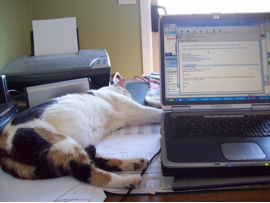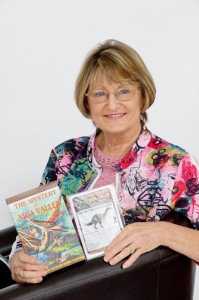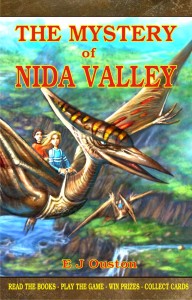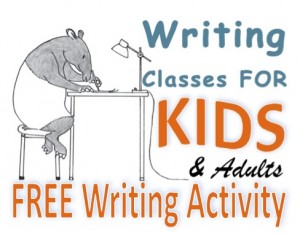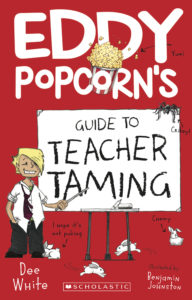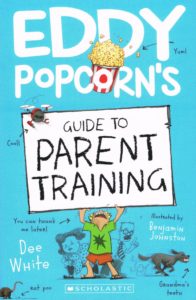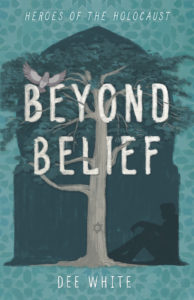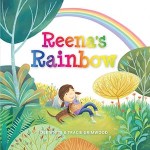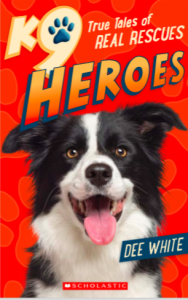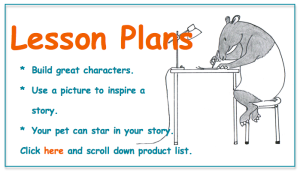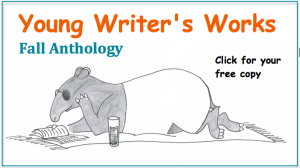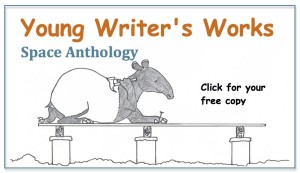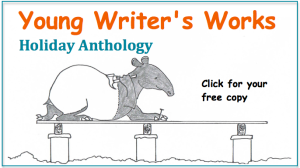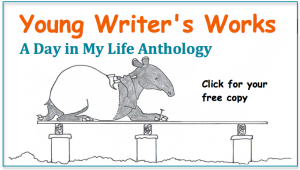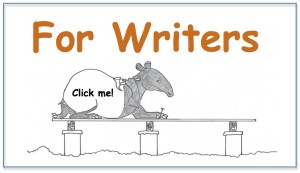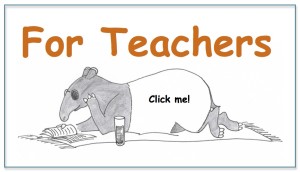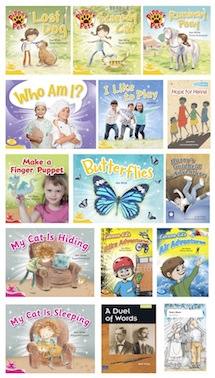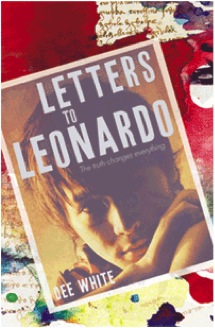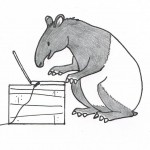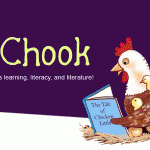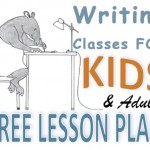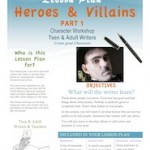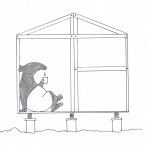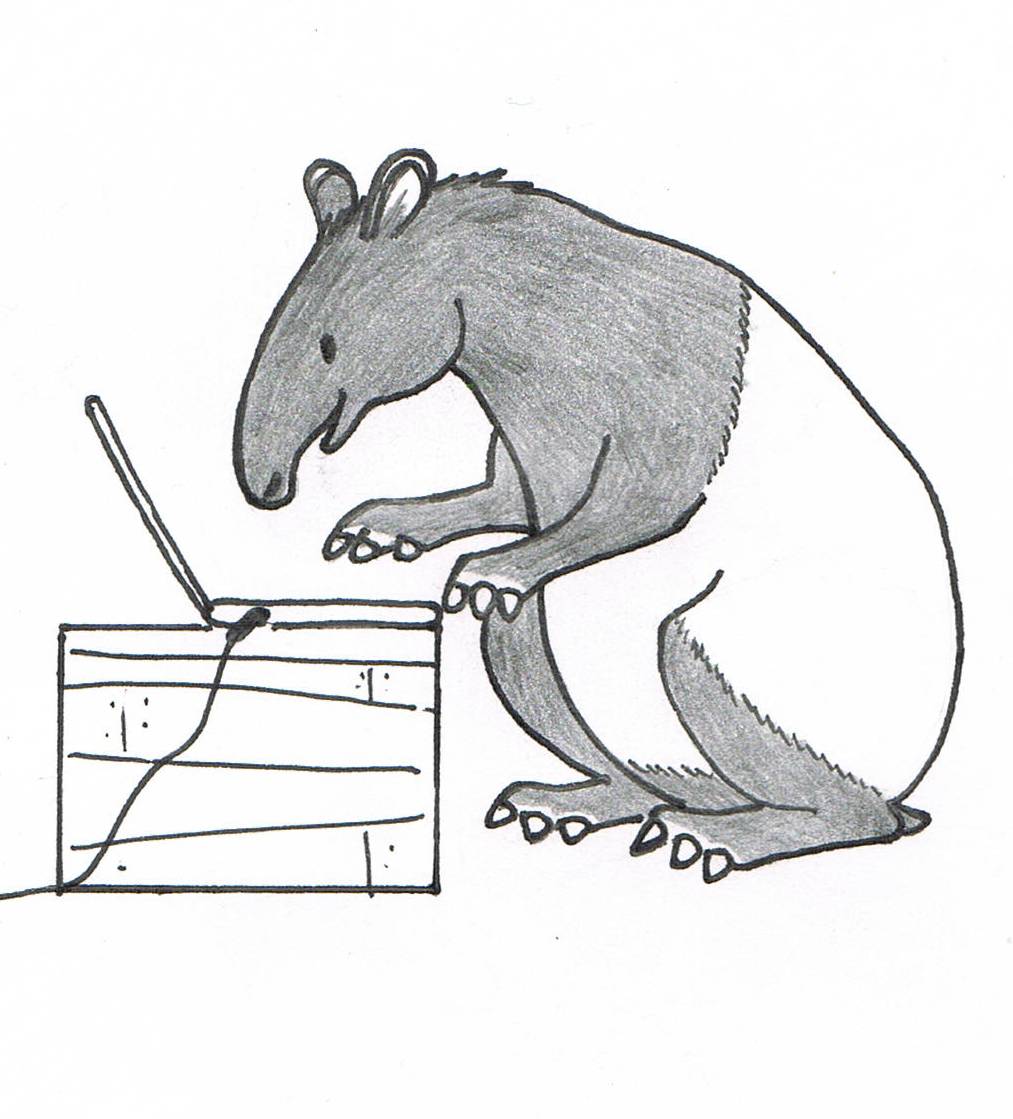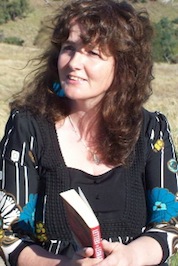If you’re serious about your writing you need to develop good habits.
It’s like being part of a sporting team. You can’t just turn up to a game and expect to play like a star. You need to train regularly, learn what you can and use what you’ve learned to improve your skills – and you need to practice.
Writing works in the same way so here are some tips to help you get into the writing mode, to help you think of yourself as a writer and be the writer you want to be.
1.Allow time in your day. Everyone’s busy. If you don’t allow time in your day to write, chances are it could be the thing you forget to do.
2. Set a writing routine. Even if it’s half an hour before or after school. Any writing time is better than none.
3. Find a physical space in which to write. Even if you’re using something as small as an iPad you still need a space in which to write – somewhere you feel comfortable – somewhere you feel inspired – possibly somewhere you can be alone.
4. Block out distractions – turn the internet off so you don’t get distracted by Facebook or twitter etc.
5.Start a writing journal. A journal is a book with blank pages where you can collect all your story ideas in one place. So if you are stuck for something to write about, you can just look back at your journal.
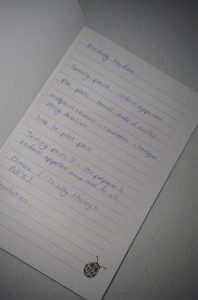 6. Write when you’re inspired. If you feel like writing outside your set hours, just write.
6. Write when you’re inspired. If you feel like writing outside your set hours, just write.
7. Just write. If you have writer’s block, just write anything until an idea pops into your head. You can even write, “I have writer’s block and don’t know what to write.” Write about what you can see out the window – anything. Just keep writing until an idea comes.
8.Keep a notebook or recording device next to your bed. Sometimes the best ideas come in the middle of the night and you won’t remember them in the morning.
9.Take a small notebook or recording device with you wherever you go so that if you think of a great idea while you’re away from your writing space, you’ll have some way to record it.
10.Allow yourself time to think – time to come up with ideas to write about. That means quiet time without computers or social networking. Music is fine if that’s what inspires you.
11.Set yourself writing goals. They can be large or small. Make sure they are achievable. For example, if you’re busy with school work, you might set yourself a goal of 100 words a day or 500 words a week. It has to be an amount that you  feel you can achieve without stress.
12 Reward yourself. When you’ve achieved your weekly writing goal, celebrate it with other writers or supporters of your writing. Or reward yourself by doing a fun activity you don’t normally do.
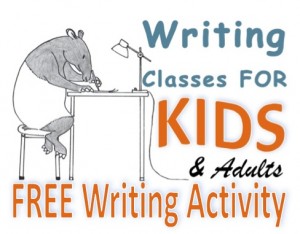 WRITING ACTIVITY – START A WRITING JOURNAL
WRITING ACTIVITY – START A WRITING JOURNAL
A writing journal is great because it helps clear your mind. When you get all those great writing ideas out of your head and on to paper, you’ll find it easier to focus on the thing you are writing.
1. Buy a blank book. It can be hard or soft cover.
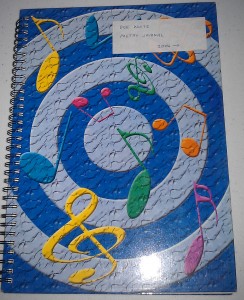 2. Give it a name and decorate it however you want to.
2. Give it a name and decorate it however you want to.
3. Look at a newspaper and cut out two headlines that you think might make interesting fiction stories.
4. Stick them in your journal, leaving space to write notes about the story.
5. Think of how you could use one or both headlines in a story.
6. Make notes about
- Who your story is about (character)
- What happens to them in the story?
- How does it happen?
- When and where does it happen?
- What happens next?
(This is the method I used to create a story called Elephant Trouble about a boy who comes home from school to find an elephant stuck in his driveway.)
I hope you have fun with this activity.
Dee:)
P.S. Another great writing activity here tomorrow – it’s all about creating a story problem for your character. Hope to see you then:)

